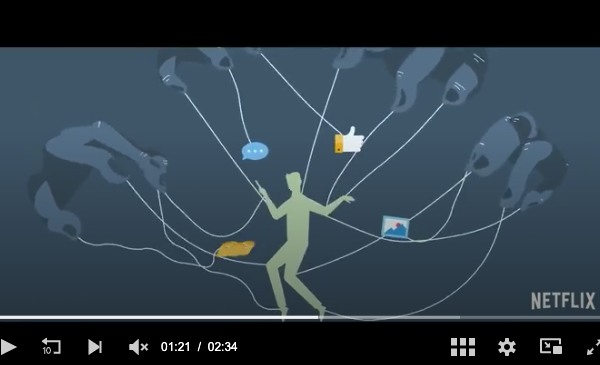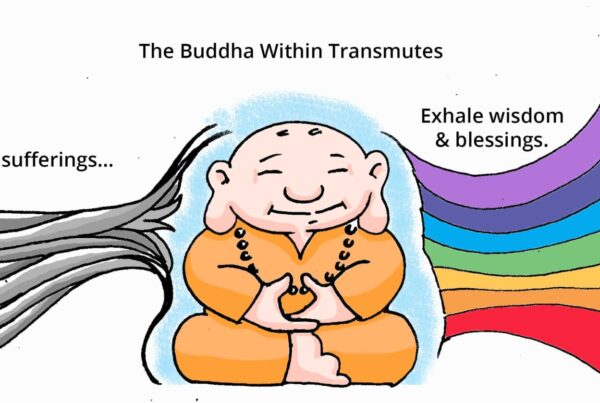Navigating change can be tricky. Left-brain logic. Right brain intuition. Longings. Dreams. The sensitive balance of Effort vs Allowing. Pesky impatience. The mental fog of over-thinking.
Recently my husband and I made a big decision about where to move our family. One exercise that helped get out of the confusion was an embodied decision-making exercise. Here’s how it worked:
OUR QUESTION
Where shall we live?
FACTORS
- we had a baby
- landlord sold the house
- husband was finishing PhD and looking for work: his job prospects not looking good (many applications and interviews, no bites): my work is resonably mobile
- no family in current city of Vancouver (and this child-rearing business is more isolating and tiring than we thought)
- we love the West Coast
- we dream of living close to nature
- we want to be in a small but dynamic town with career opps and where we can afford a house
OUR PROCESS
We investigated places to move to. There were different pull factors but no anchor.
Sean’s hometown of Hamilton sounded promising with good family connections – but Ontario is cold, there are no mountains or ocean, AND no job offers. Parts of Vancouver Island appealed – nature, friends, the Good Life, but no family, no obvious jobs and questionable career potential. My friends have made it work in Vancouver – why can’t we?!
THE PLAN
We would try to get things going in Vancouver. We would explore other areas. We set a decision deadline. We got to the deadline and did an embodied check-in.
EMBODIED CHECK-IN: STEP BY STEP
Before you start, make sure each option is clear (e.g. move to X town, or stay here; or stay in this relationship/job etc or leave it). Trying this with 2 or 3 options is usually workable. More can get confusing.
- In a quiet place, take a few minutes to settle your body and mind.
i.e. take some deep breaths, drop your attention into your body. Notice the sensations of your breathing. Notice the feeling of your body as it’s seated. Let yourself settle. - Staying in contact with the felt sensations in your body and your inner feeling space, fully step in to the 1st option. That is take it on as if you have definitely chosen it.
- Talk out loud to yourself positively about the decision you’ve “made” – you might say to yourself “We’ve decided to move to X. It make sense because of X, Y, Z. We’ve found a great place to live and are settling in. It feels good and like the right thing.” Notice what happens in your body, notice the kinds of sensations you have and the ways in which your body wants to move
- Stay with the “made” decision in your mind and keep noticing. (Is there an initial openess then a contraction sets in? Or a heavy feeling in your chest?) See if there are words or images that fit your experience. Stay in the experience as long as it feels useful. For me this is usually a minute or two until I lose focus. Make one-word notes or draw an image if it helps stay connected with the experience.
- Clear space again. Let that one go. Breath.
- In the same kind of mindful awareness of your bodily sensations, repeat with the next option.
- Clear space again. Breathe. What did you notice in each?
This exercise is taken from Hakomi and influenced by Eugene Gendlin’s focusing.
OUR OUTCOME
To my surprise the Hamilton option evoked an openness, excitement and sense of potential in me. The Vancouver Island option got a heavy, low energy, dense response. My husband and I compared notes and thankfully had similarly enlivening responses to Hamilton. In that moment we basically decided our direction. We slept on it and still had the same sense in the morning. Bingo.
DEEPER WATERS vs THE QUICK ANSWER
With this kind of check-in you can come upon all sorts of internal experiences – fears and stuck or defended places included. So this isn’t just an easy way of finding a “yes” or a “no”, more of a way to see what is there.
With practice, and a bit of courage, you can start to inquire into these fears. Ask yourself what about this is so scary or stuck about a choice and pay attention to what your body does in response to the question. Perhaps what you though was anxious fear is more deeply a sense of excitement and adventure. Using the sensations in your body, you will be able to discern more subtly so that a sign of a fear doesn’t have to mean that you reject a movement towards a direction.



